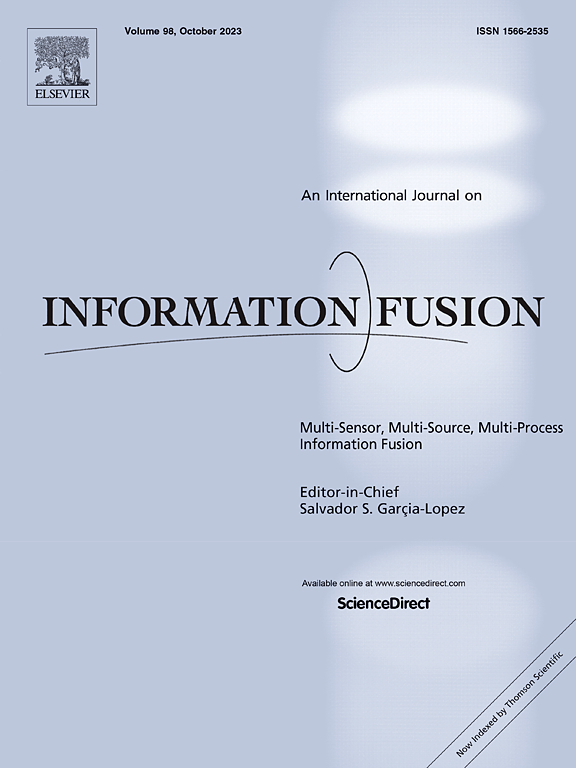QMLSC: A quantum multimodal learning model for sentiment classification
IF 14.7
1区 计算机科学
Q1 COMPUTER SCIENCE, ARTIFICIAL INTELLIGENCE
引用次数: 0
Abstract
Sentiment classification research is gaining prominence for enhancing user experience, facilitating targeted marketing, and supporting mental health assessments while driving technological innovation. Due to the complexity and diversity of emotional expression, this study proposes quantum multimodal learning for sentiment classification (QMLSC), a novel quantum–classical hybrid model that integrates text and speech data to capture emotional signals more effectively. To address the limitations of the noisy intermediate-scale quantum era, we designed advanced variational quantum circuit (VQC) architectures to efficiently process high-dimensional data, maximizing feature retention and minimizing information loss. Our approach employs a residual structure that fuses quantum and classical components, enhancing the benefits of quantum features and conventional machine learning attributes. By using randomized expressive circuits, we improve system flexibility, accuracy, and robustness in sentiment classification tasks. Integrating VQC significantly reduces the number of parameters compared to fully connected layers, resulting in improved accuracy and computational efficiency. Empirical findings validate the superior performance of our fusion approach in effectively mitigating noise and error impacts associated with quantum computing and demonstrate strong potential for future applications in complex emotional information processing. This study provides new insights and methodologies for advancing sentiment classification technology and highlights the broad application potential for advancing quantum computing in information processing fields.

求助全文
约1分钟内获得全文
求助全文
来源期刊

Information Fusion
工程技术-计算机:理论方法
CiteScore
33.20
自引率
4.30%
发文量
161
审稿时长
7.9 months
期刊介绍:
Information Fusion serves as a central platform for showcasing advancements in multi-sensor, multi-source, multi-process information fusion, fostering collaboration among diverse disciplines driving its progress. It is the leading outlet for sharing research and development in this field, focusing on architectures, algorithms, and applications. Papers dealing with fundamental theoretical analyses as well as those demonstrating their application to real-world problems will be welcome.
 求助内容:
求助内容: 应助结果提醒方式:
应助结果提醒方式:


